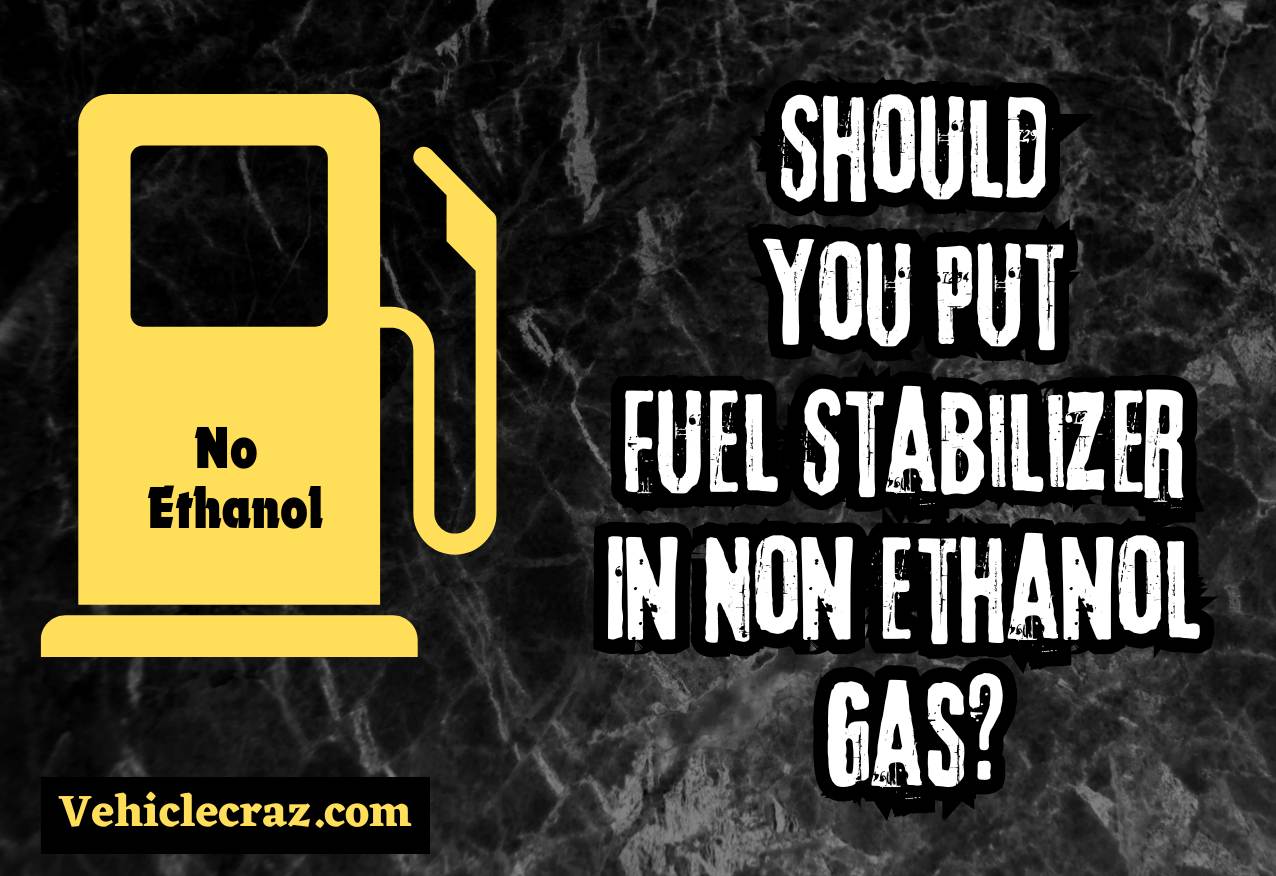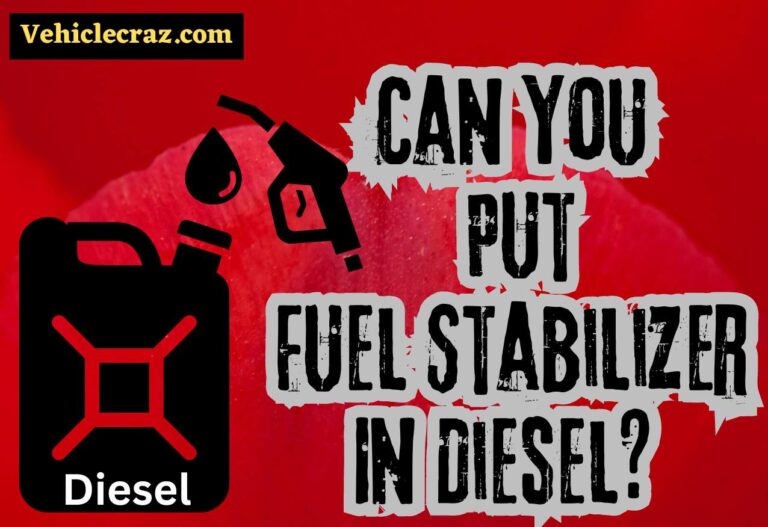Should You Put Fuel Stabilizer In Non Ethanol Gas?
Even non-ethanol gasoline can degrade over time, especially when stored for long periods. People may wonder if using a stabilizer can help maintain the quality of the fuel during storage. So, should you put fuel stabilizer In non-ethanol Gas? You are about to get the right answer. Keep reading.
Does Non-Ethanol Fuel Degrade?
Yes, non-ethanol fuel can degrade over time, although at a slower rate compared to ethanol-blended fuels. Several factors contribute to the degradation of non-ethanol fuel, including exposure to oxygen, moisture, temperature fluctuations, and the presence of impurities.
Over time, the hydrocarbons in the fuel can break down, leading to the formation of varnish, gum, and other deposits. These deposits can clog fuel filters, injectors, and carburetors, leading to engine performance issues.
To slow down the degradation process and maintain the quality of non-ethanol fuel, it’s important to store it properly in a tightly sealed container, away from direct sunlight, moisture, and extreme temperatures. Using a fuel stabilizer can also help prolong the shelf life of non-ethanol fuel by inhibiting oxidation and the formation of deposits.
Regularly inspecting stored non-ethanol fuel for signs of degradation, such as color changes, odors, or the presence of water, can help ensure that it remains usable for longer periods. If degradation is detected, the fuel should be disposed of properly and not used in engines.
Should You Put Fuel Stabilizer In Non-Ethanol Gas?
Yes, it can be beneficial to put fuel stabilizer in non-ethanol gas, especially if the gas is being stored for an extended period or if it will be used in equipment that is not used frequently. Fuel stabilizers help prevent the degradation of gasoline by inhibiting oxidation and the formation of gums and varnishes.
While non-ethanol gas is less prone to degradation compared to ethanol-blended fuels, it can still degrade over time, especially when exposed to oxygen, moisture, and temperature fluctuations. Using a fuel stabilizer can help maintain the quality of the gas and prevent issues such as clogged fuel filters, injectors, and carburetors.
When using a fuel stabilizer with non-ethanol gas, it’s important to follow the manufacturer’s instructions for the correct amount to use based on the volume of gas being treated. Stored fuel should be kept in a tightly sealed container and stored in a cool, dry place away from direct sunlight and sources of heat.
How Long Does Non-Ethanol Gas Last Without Stabilizer?
Without stabilizer, non-ethanol gas can start to degrade within a few months, especially if it’s not stored properly. Factors such as exposure to oxygen, moisture, and temperature fluctuations can accelerate the degradation process.
In ideal conditions—such as being stored in a tightly sealed container, away from direct sunlight and extreme temperatures—non-ethanol gas might remain usable for up to six months to a year. However, degradation can occur faster if these conditions are not met.
To maximize the shelf life of non-ethanol gas, it’s advisable to use a fuel stabilizer, especially if you plan to store the gas for an extended period. A fuel stabilizer can help prevent oxidation and the formation of gums and varnishes, which can clog fuel systems and degrade engine performance.
Following the manufacturer’s recommendations for the correct amount of stabilizer to use and proper storage practices can help ensure that your non-ethanol gas remains usable for as long as possible.
How Long Does Non-Ethanol Gas Last With Stabilizer?
With the use of a fuel stabilizer, non-ethanol gas can last significantly longer—up to 12 months or more—depending on the specific stabilizer used, storage conditions, and other factors. Fuel stabilizers are designed to prevent the degradation of gasoline by inhibiting oxidation and the formation of gums and varnishes, which can clog fuel systems and degrade engine performance.
To maximize the shelf life of non-ethanol gas with stabilizer, it’s important to follow the manufacturer’s instructions for the correct amount of stabilizer to use based on the volume of gas being treated. Additionally, storing the gas in a tightly sealed container, away from direct sunlight and extreme temperatures, can help maintain its quality.
Regularly inspecting stored non-ethanol gas for signs of degradation, such as color changes, odors, or the presence of water, can also help ensure that it remains usable for longer periods. If degradation is detected, the fuel should be disposed of properly and not used in engines.
How Much Stabilizer to Add in Non-Ethanol Fuel?
The amount of stabilizer to add to non-ethanol fuel depends on the specific product and the volume of fuel you are treating. It’s essential to follow the manufacturer’s instructions on the stabilizer label for the correct dosage. In general, most fuel stabilizers recommend adding 1 ounce of stabilizer for every 2.5 gallons of fuel. However, this ratio can vary, so it’s crucial to read the product label carefully.
To determine the correct amount of stabilizer for your fuel, calculate the volume of fuel you are treating and then use the recommended dosage rate provided by the manufacturer. It’s important not to exceed the recommended dosage, as this can lead to issues such as poor engine performance or fuel system damage.
If you are unsure about the correct amount of stabilizer to add, you can also consult with the manufacturer or a knowledgeable professional for guidance.


I’m Alex, a seasoned mechanical teacher with over 20 years of hands-on experience in Australia. My passion for all things automotive has driven me to establish this blog, aiming to share my wealth of knowledge and expertise with fellow enthusiasts, DIYers, and anyone keen on understanding the mechanics behind the machines we rely on daily.







